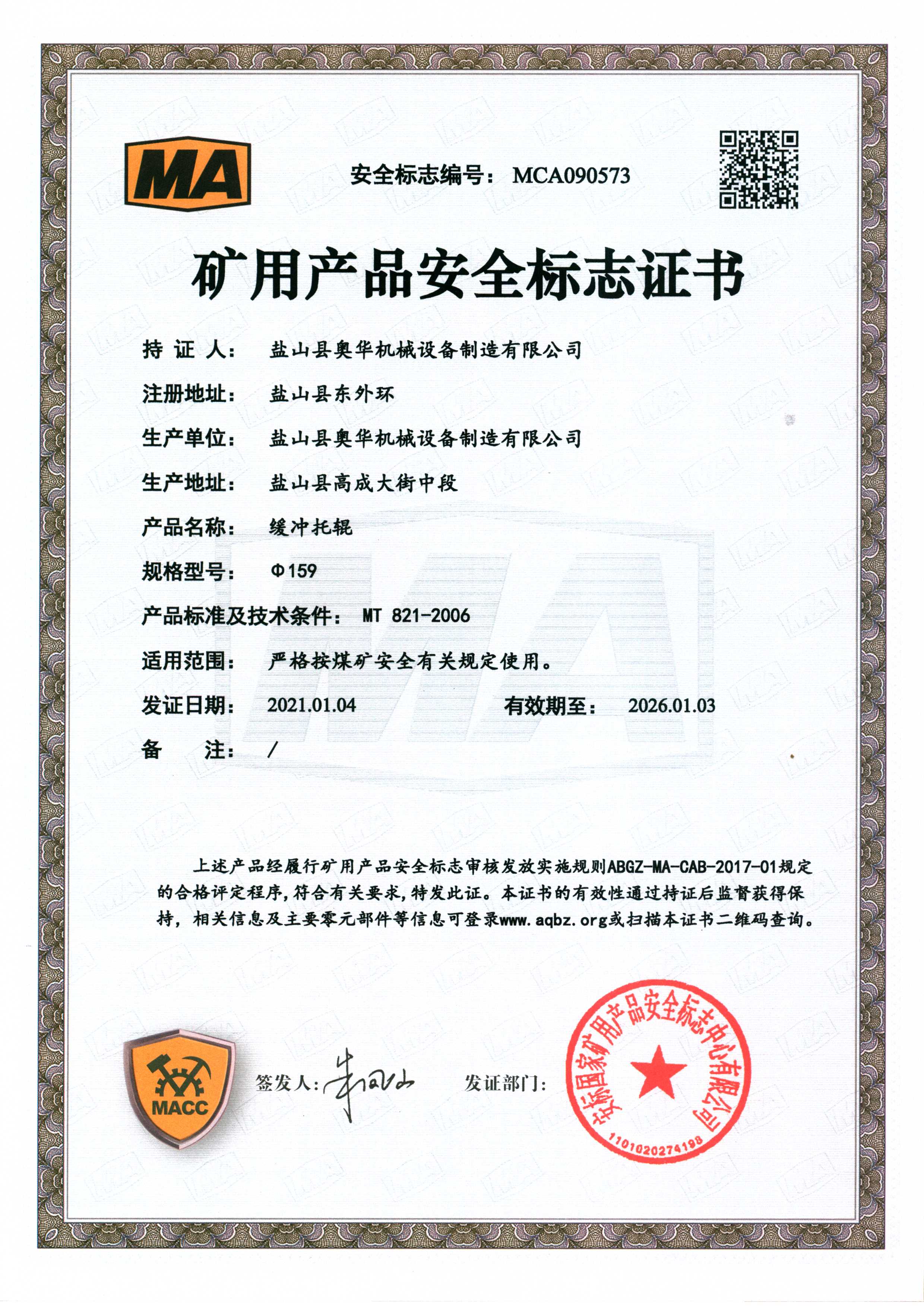 Afrikaans
Afrikaans  Albanian
Albanian  Amharic
Amharic  Arabic
Arabic  Armenian
Armenian  Azerbaijani
Azerbaijani  Basque
Basque  Belarusian
Belarusian  Bengali
Bengali  Bosnian
Bosnian  Bulgarian
Bulgarian  Catalan
Catalan  Cebuano
Cebuano  Corsican
Corsican  Croatian
Croatian  Czech
Czech  Danish
Danish  Dutch
Dutch  English
English  Esperanto
Esperanto  Estonian
Estonian  Finnish
Finnish  French
French  Frisian
Frisian  Galician
Galician  Georgian
Georgian  German
German  Greek
Greek  Gujarati
Gujarati  Haitian Creole
Haitian Creole  hausa
hausa  hawaiian
hawaiian  Hebrew
Hebrew  Hindi
Hindi  Miao
Miao  Hungarian
Hungarian  Icelandic
Icelandic  igbo
igbo  Indonesian
Indonesian  irish
irish  Italian
Italian  Japanese
Japanese  Javanese
Javanese  Kannada
Kannada  kazakh
kazakh  Khmer
Khmer  Rwandese
Rwandese  Korean
Korean  Kurdish
Kurdish  Kyrgyz
Kyrgyz  Lao
Lao  Latin
Latin  Latvian
Latvian  Lithuanian
Lithuanian  Luxembourgish
Luxembourgish  Macedonian
Macedonian  Malgashi
Malgashi  Malay
Malay  Malayalam
Malayalam  Maltese
Maltese  Maori
Maori  Marathi
Marathi  Mongolian
Mongolian  Myanmar
Myanmar  Nepali
Nepali  Norwegian
Norwegian  Norwegian
Norwegian  Occitan
Occitan  Pashto
Pashto  Persian
Persian  Polish
Polish  Portuguese
Portuguese  Punjabi
Punjabi  Romanian
Romanian  Russian
Russian  Samoan
Samoan  Scottish Gaelic
Scottish Gaelic  Serbian
Serbian  Sesotho
Sesotho  Shona
Shona  Sindhi
Sindhi  Sinhala
Sinhala  Slovak
Slovak  Slovenian
Slovenian  Somali
Somali  Spanish
Spanish  Sundanese
Sundanese  Swahili
Swahili  Swedish
Swedish  Tagalog
Tagalog  Tajik
Tajik  Tamil
Tamil  Tatar
Tatar  Telugu
Telugu  Thai
Thai  Turkish
Turkish  Turkmen
Turkmen  Ukrainian
Ukrainian  Urdu
Urdu  Uighur
Uighur  Uzbek
Uzbek  Vietnamese
Vietnamese  Welsh
Welsh  Bantu
Bantu  Yiddish
Yiddish  Yoruba
Yoruba  Zulu
Zulu Choosing the Right Impact Bed for Your Belt Conveyor System
Impact Bed for Belt Conveyor Enhancing Efficiency and Safety
Belt conveyors are a critical component in many industrial settings, facilitating the efficient transport of materials over various distances. However, the efficacy and longevity of these systems can be significantly affected by the design and materials used in their construction, particularly in areas where the belt meets the load. One essential feature that can improve the performance of a belt conveyor is the implementation of an impact bed.
What is an Impact Bed?
An impact bed is a specialized support structure designed to absorb the energy generated when materials are discharged onto the conveyor belt. Typically located at load zones where the material first contacts the belt, impact beds are engineered to minimize the shock and vibration associated with this process. Made from durable materials, these beds often utilize rubber or energy-absorbing composites to cushion the blow and protect both the belt and the structural components of the conveyor system.
Benefits of Using Impact Beds
1. Reduction of Wear and Tear One of the primary advantages of impact beds is their ability to reduce wear and tear on the conveyor belt. By distributing the impact forces over a larger surface area, these beds mitigate the direct stresses that can lead to premature failure of the belt. This prolongs the life of the conveyor system, reducing maintenance costs and downtimes.
2. Enhanced Safety The use of impact beds significantly enhances the safety of conveyor operations. When materials strike the belt with excessive force, they can cause spillage or misalignment, potentially leading to injuries for workers nearby. Impact beds help maintain the integrity of the load, minimizing the risk of accidents and ensuring a safer working environment.
impact bed for belt conveyor

3. Improved Material Handling Impact beds facilitate smoother material handling by enabling more controlled material flow onto the belt. By softening the impact, they reduce the likelihood of material degradation and dust generation, which is particularly beneficial when handling fragile or finely powdered materials.
4. Increased Efficiency With reduced belt damage and better load control, conveyor systems equipped with impact beds can operate with greater efficiency. This improved operational flow aids in maintaining better overall productivity, crucial for industries that rely on continuous material transportation.
5. Cost-Effectiveness Although the initial investment in impact beds may be higher than standard support structures, the long-term savings can be substantial. By preventing damage to the belt and other system components, businesses can avoid costly repairs and replacements over time. Furthermore, the reduction in maintenance needs means fewer disruptions and downtime, contributing to enhanced operational efficiency.
Conclusion
Incorporating impact beds within belt conveyor systems is a strategic decision for industries looking to optimize their material handling processes. By reducing impact-related damage, enhancing safety, and improving operational efficiency, impact beds serve as a crucial investment for companies aiming to maintain high productivity levels while ensuring the longevity of their equipment.
As the industry continues to evolve, the integration of advanced materials and designs in impact bed construction will likely pave the way for even more innovative solutions, further improving the reliability and performance of belt conveyors. Embracing these advancements is essential for businesses that prioritize efficiency and safety in their operational practices.
-
Revolutionizing Conveyor Reliability with Advanced Rubber Lagging PulleysNewsJul.22,2025
-
Powering Precision and Durability with Expert Manufacturers of Conveyor ComponentsNewsJul.22,2025
-
Optimizing Conveyor Systems with Advanced Conveyor AccessoriesNewsJul.22,2025
-
Maximize Conveyor Efficiency with Quality Conveyor Idler PulleysNewsJul.22,2025
-
Future-Proof Your Conveyor System with High-Performance Polyurethane RollerNewsJul.22,2025
-
Driving Efficiency Forward with Quality Idlers and RollersNewsJul.22,2025





























